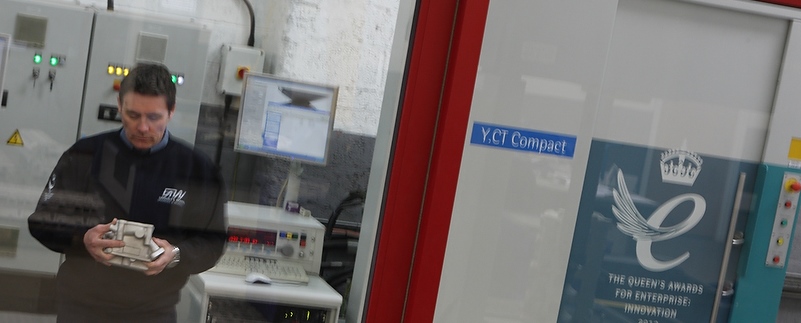Regulatory changes in Formula One play a surprising role in fostering innovation, says Phil Ward, head of motorsport at Grainger & Worrall.
While regulation changes in the dynamic world of F1 motorsport present headaches to race teams focused on reliability and scoring maximum points at every round, for engineers such developments often create opportunities.
This year, every car is now powered by a brand new engine, an important change which has been stipulated by the sport’s governing body, the FIA. Clearly, the voice of the environmental lobby within motorsport has been growing for some time and the need to move to lighter, smaller, greener engines is undeniable. Hence in 2014, we are seeing all F1 teams shifting from 2.4 litre, V8 normally aspirated engines, to a new breed of 1.6 litre, turbo-charged V6 alternatives.
The adoption of a new generation of engines has inevitably seen reliability challenges during the closed season. And this has meant that all partners along the engineering supply chain have had to work even harder to develop manufacturing methodologies to maximise power output, from a much smaller capacity engine. This type of engineering conundrum is the very crucible of innovation: without new challenges and defined targets, it’s all too easy for industry to back away from the R&D imperative, which is expensive and time consuming. While healthy market competition clearly encourages innovation, nothing quite focuses a design team’s effort like a starting grid and a race date that just cannot be moved!
Indeed, engineering challenges posed by recent changes in F1 have acted as a remarkable catalyst to innovation, pushing the boundaries of engine technology to the limits.
Our motorsport team was the first in the UK to employ advanced computerised tomography (CT) scanning to gain a better understanding of a casting’s integrity and geometric accuracy. Thanks to this ability to examine both the interior and exterior of the parts, we now see a detailed picture of how castings are behaving at every stage of the manufacturing process. Such an appreciation of the different geometries within the same component enables us to calculate differential contraction rates, rapidly validate and define evolutionary changes to tooling, creating ever more precise castings. The use of CT scanning also enables the internal cast topography normally only visible by destructive testing to be correlated with thermo-dynamic simulation predictions, thus providing the simulation engineer with the true boundary condition of the actual cast components internal three dimensional data file.
Furthermore, this far more detailed understanding of distortion within critical areas of engine casting, especially in areas such as the water circuit (key to the engines behaviour), can also be applied to high performance diesel engines in the wider automotive market. This illustrates one of many ways the innovation in motorsport can also be adapted for use in the volume automotive sector.
Another exciting development that has been encouraged by the changes to F1 engines is the use of digital sand printing – the casting industry’s version of 3D printing, which enables the manufacture of highly complex engine components. This exciting technology significantly reduces development time, facilitates even greater geometry flexibility and is now a central part of our toolkit.
Lastly, the re-adoption of turbo engines in F1 – which run at much higher temperatures than their predecessors – has created new challenges regarding material performance, which has led to R&D investment into metallurgy.
Traditionally, the casting metal of choice has been a standard aluminium/silicon alloy. However, since the move to smaller, lighter, turbo engines, we have pioneered the use of bespoke aluminium/copper alloys, which have better mechanical properties at higher temperatures. The adoption of this new alloy clearly complements our existing range of materials for use in high performance engineering.
While these bespoke alloys have a difficult reputation among casting specialists, thanks to our deeper understanding of metal treatments and methoding, we are able to produce castings with enhanced mechanical properties at higher temperatures.
In the final analysis, F1’s adoption of the green agenda has led to a significant gearshift in casting technology. Our motorsports journey into the use of CT scanners, the use of new metals and the latest 3D printing know-how would have been unheard of even five years ago.
Now such technologies and processes are commonplace in high precision sand casting. It won’t be long before this specialist knowledge will be put to good use by conventional carmakers.

 Get in touch
Get in touch